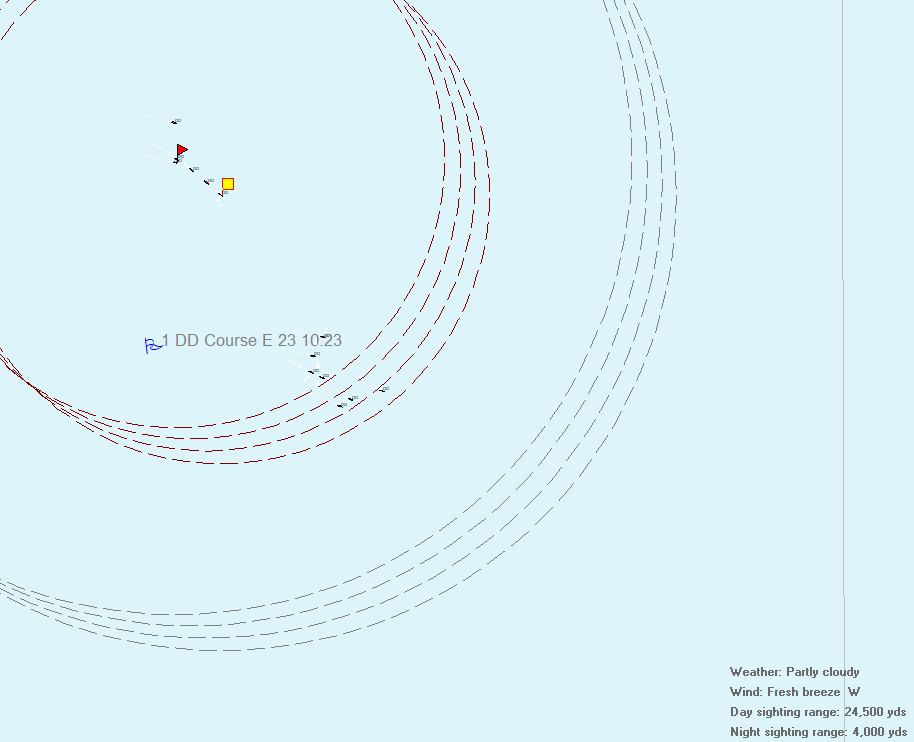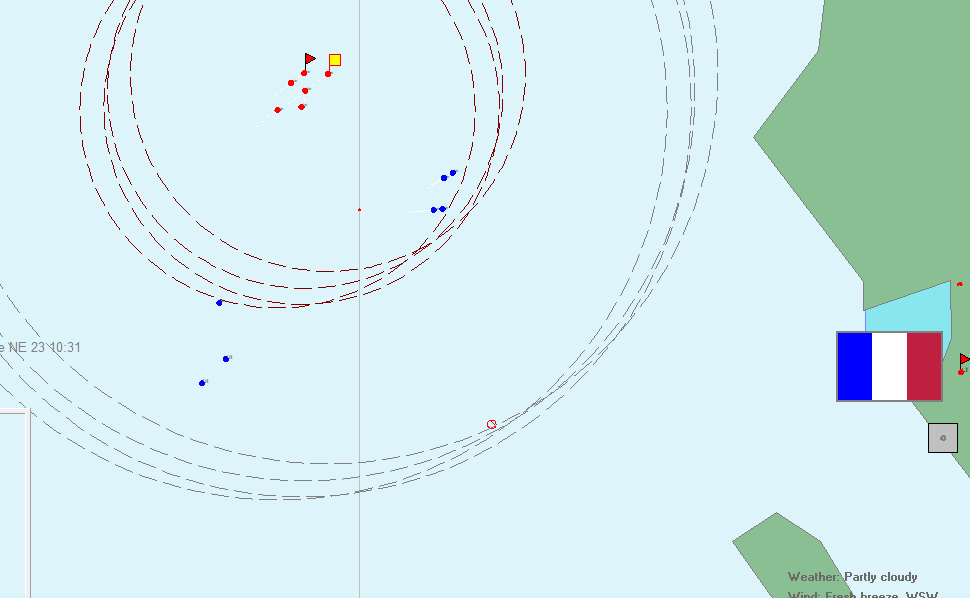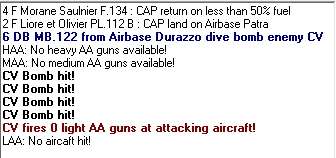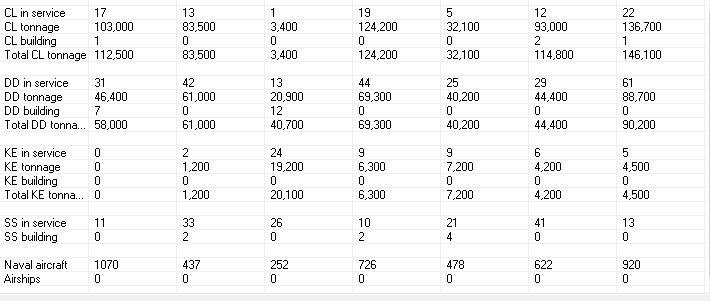Autumn is now fully upon us here in western PA, and with the long, dark evenings comes more time for inside pursuits like writing. I have a biggish 2020 USPSA season wrap-up in the pipeline, along with some other revolver-related content (what can I say, I have a one-track mind), and parvusimperator has a few intriguing drafts going too.
War in the East: Azerbaijan and Armenia kick it off
- A quick outline from Sunday
- A web of major power backers quickly emerges – Pakistan and Turkey at least are in on the Azeri side. Russia and India are backing Armenia. France has spoken out against Turkey.
- Turkey denies shooting down Armenian Su-25
- At least the US has practiced this a bunch of times – Atropia and Limaria, classic combatants in American wargames, correspond almost exactly to Azerbaijan and Armenia. Unfortunately, the DCS Caucasus map doesn’t get quite far enough east and south.
Defense
- Tim Taylor’s Chinook – About an extra 5,000 horsepower. Nice. Also, here’s a picture of a King Stallion carrying a Chinook; I don’t think I realized they were comparable in size, an embarrassing admission from the blog’s resident rotorhead.
- The Sparrowhawk: a drone-launched drone – General Atomics says it can be recovered in flight, too.
- Danes choose Elcan SpecterDR as their new daylight rifle scope – I don’t remember if parvusimperator ever got rid of his Elcan, but he sure does/did like it for what it was.
- Pentagon proposals for a 500-ship navy – The War Zone calls them ‘highly questionable’.
- In choice between CH-53K and CH-47, Germany chooses ‘neither’ – Germany will have to get by with its existing liftscrewers.
Pretty Pictures
The ‘Rona and Associated Cultural Phenomena
- We still don’t know if COVID is small-droplet airborne or large-droplet sneezeborne – Seems like we should have figured that out by now.
- Yurts and heat lamps: outdoor dining in the New York winter – Around here, a lot of restaurants are opening back up at 50% indoor capacity, which I guess is fine? Our county is doing pretty well, and since we’re currently creatures of the suburbs, it’s not like there are many community cases floating around.
- Meanwhile, in LA, faceless kitchens-in-a-strip-mall pretend to be a dozen different delivery-only brands at once
- Maryland man jailed for one year for throwing a party – I’ve heard the term ‘midwit’ bandied about on Twitter, and don’t really like being that deliberately inflammatory, but I’m having a hard time thinking of a better word for the kind of person who celebrates a state governor imprisoning someone for organizing a peaceable assembly.
Science and Technology
- This comet has an aurora – Not like ours. Maybe an aura is more accurate than an aurora?
- Relevant to the below category: how to disappear in a smart city – If anything, the author does not show sufficient dedication to the idea. She doesn’t seem to have quite decided that true disappearance requires leaving your phone behind.
- D-Wave releases an next-gen quantum annealing chip – Interesting technology, but I keep on hearing that whenever D-Wave makes a quantum leap (ha), classical hardware and algorithms catch up pretty quickly.
China
- Xinjiang-tested, now Tibet-applied: China’s reeducation camps arrive in a second region
- Indian geostrategist: China is paying a high price for provoking India – Parvusimperator, succinctly: “Good. Fuck ’em.”
- CCP rewrites the Bible: Jesus chooses to stone the sinner woman to teach respect for the law – ‘To hell with that’ is less an expression of disgust and more an observation, in this case.
- ‘China feels increasingly like North Korea,’ says WaPo reporter
- We’re not making any friends among the ChiComs this week, are we? Well, see parvusimperator’s earlier comment.
Guns Etc.
- I’ve been looking for a good glove I can use for revolver work: matches on hot days, and practice generally, when the cylinder quickly gets too hot for reloads – Parvusimperator shared this review. They look pretty good. I don’t actually need a ton of dexterity, since I only ever wear one on my left hand, and that hand’s only jobs are playing support on the two-hand grip, holding the (potentially hot) cylinder during reloads, and thumbing the ejector.
- The logic error behind the gun debate – I have noticed this in talking to my largely-lefty college friends. At least it’s less awkward than explaining the colors of USPSA targets.
- Remington chopped up, sold off – Ruger bought Marlin, which seems like a good match. I look forward to a Ruger-brand lever gun.
Decision 2020
- Larry Correia, ex-tax accountant, opines on the Trump tax leak – “On the other side, you know damned good and well that the IRS has sent their most fearsome auditor against him. This man sold his soul to the devil, and then fined the devil for failing to list that soul as a depreciable asset.”
- The debate in pictures – Well, one picture. … more a meme, really.
Grab Bag
- As ever, the revolutionary vanguard comprises dumb rich kids
- A generalist lockpicking kit – I’m not good enough with my picks to really make much use of this information, but it’s nevertheless good information.
- Ever thought, “Man, the Niven-Pournelle novel Footfall was a great alien invasion story; I wish I could play it in game form?” – Well, the Terra Invicta kickstarter has you covered. I haven’t chipped in yet, but I’m excited for it.





